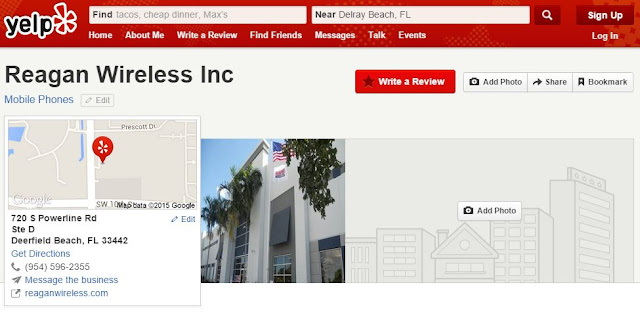
Apple will show off its next iPhones on September 9 at an event in San Francisco.
The event will be held exactly a year after the company introduced the iPhone 6 and its larger sibling, the 6 Plus. The two phones have become Apple's best-selling devices ever and have made Apple the most profitable public company in the world.
Invitations to the event were sent out Thursday, with a terse tease: "Hey Siri, give us a hint."
More than two-thirds of Apple's revenue now comes from the iPhone, making it essential for Apple to keep introducing devices consumers desire. While the company continues to sell millions of phones, the overall mobile market has slowed, raising worries that not even Apple is immune to the lackluster demand. At the same time, Apple has to find a way to get buyers interested in tablets again. Its quarterly iPad sales have declined year over year for the past six periods in a row. A bigger iPad, which would appeal to business users, could be a way to do that.
This year's iPhone launch is the "S" cycle, which means the devices likely won't feature new hardware designs but instead could include other tweaks -- for example, Siri, Apple's voice assistant, debuted with the iPhone 4S. The company is expected to add its ForceTouch technology to the new devices, allowing the iPhones to differentiate between hard and light taps on the display. Other tweaks could include a faster processor and camera, as well as more color options.
Apple also is expected to reveal a new Apple TV box that it potentially will launch alongside an Internet-delivered television service. The company was believed to be readying those products for its annual developers conference in June, but instead they were pushed back. Apple couldn't broker deals with TV programmers to stock the new service with channels in time, according to reports.
Apple's streaming-video box has gone three years without a refresh to a new generation -- meanwhile, Internet-delivered TV has grown bigger and more accessible than ever. In that span of time, Apple has thrown plenty of splashy events, and each one has come and gone without Apple TV getting serious time in the spotlight.
The event at the Bill Graham Civic Auditorium in San Francisco will start at 10 a.m. PT.
Read more: http://www.cnet.com/news/apple-will-host-next-iphone-launch-sept-9/
Daniel Kaufman, Pres. & CEO, Reagan Wireless Corp.








